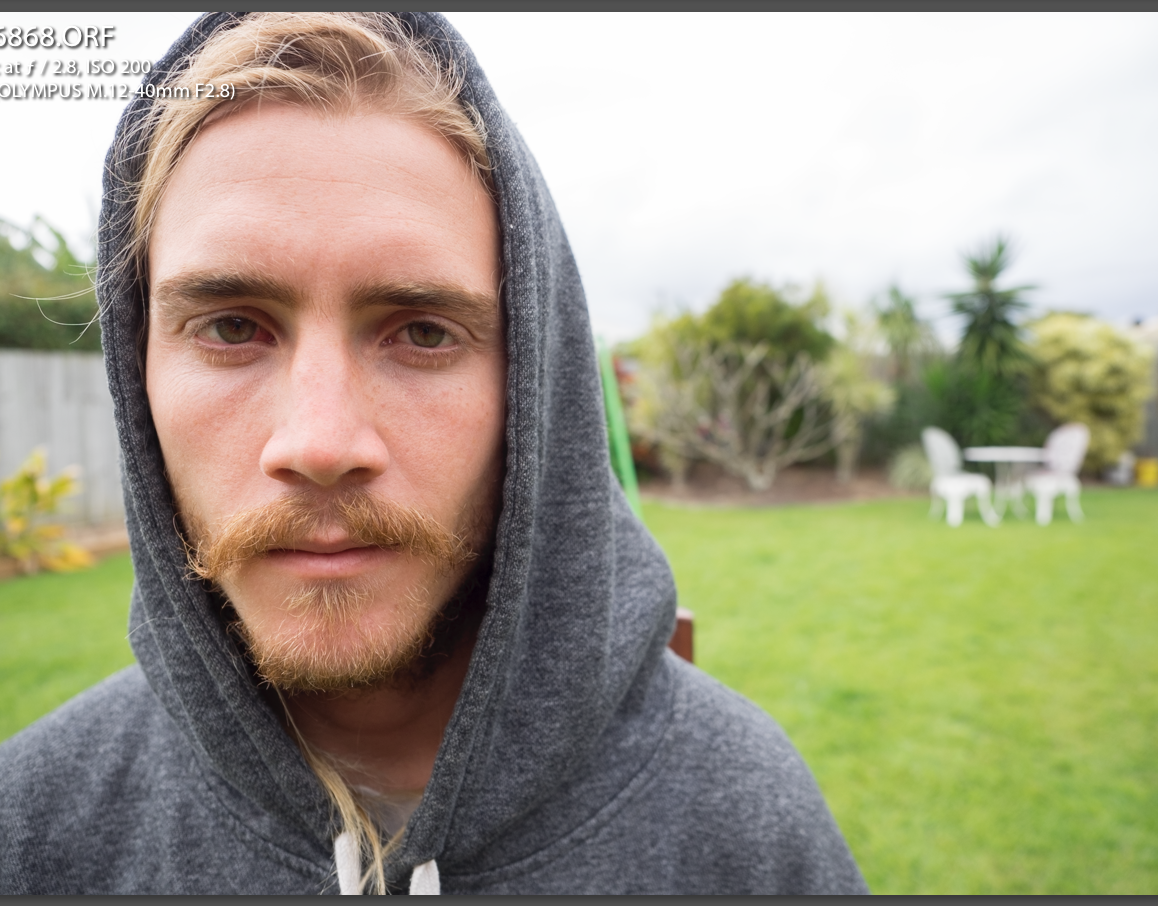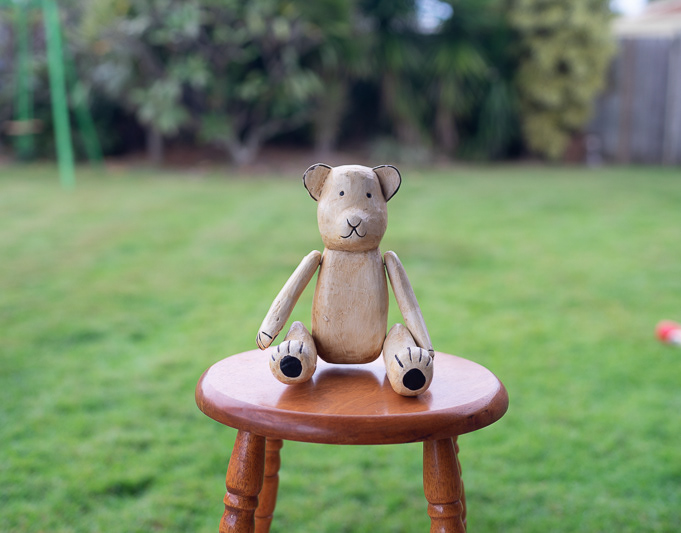The following images have all been shot on Micro Four Thirds (M43) therefore field of view and DOF would be different on FF and APSC so please take your own series of images to get a better understanding of how your camera and lenses work together.
I have kept the subject relatively the same throughout all the images to give a better understanding of focal length, field of view and DOF.
Focal length and f-stop is shown on each image. If you click the first image in a set and move through them they will be larger for you to view. Whilst focal length and field of view will not change for each set the DOF will and the double image underneath will show you the first and last image together to give you a great awareness of the changes.
We start with a 7mm wide angle lens (14mm on FF). Notice how the background is pushed back into the distance and the subject is rather distorted. The DOF will always be deeper for a wide angle lens due to the field of view. This focal length is most often used to give landscapes more 'drama'.




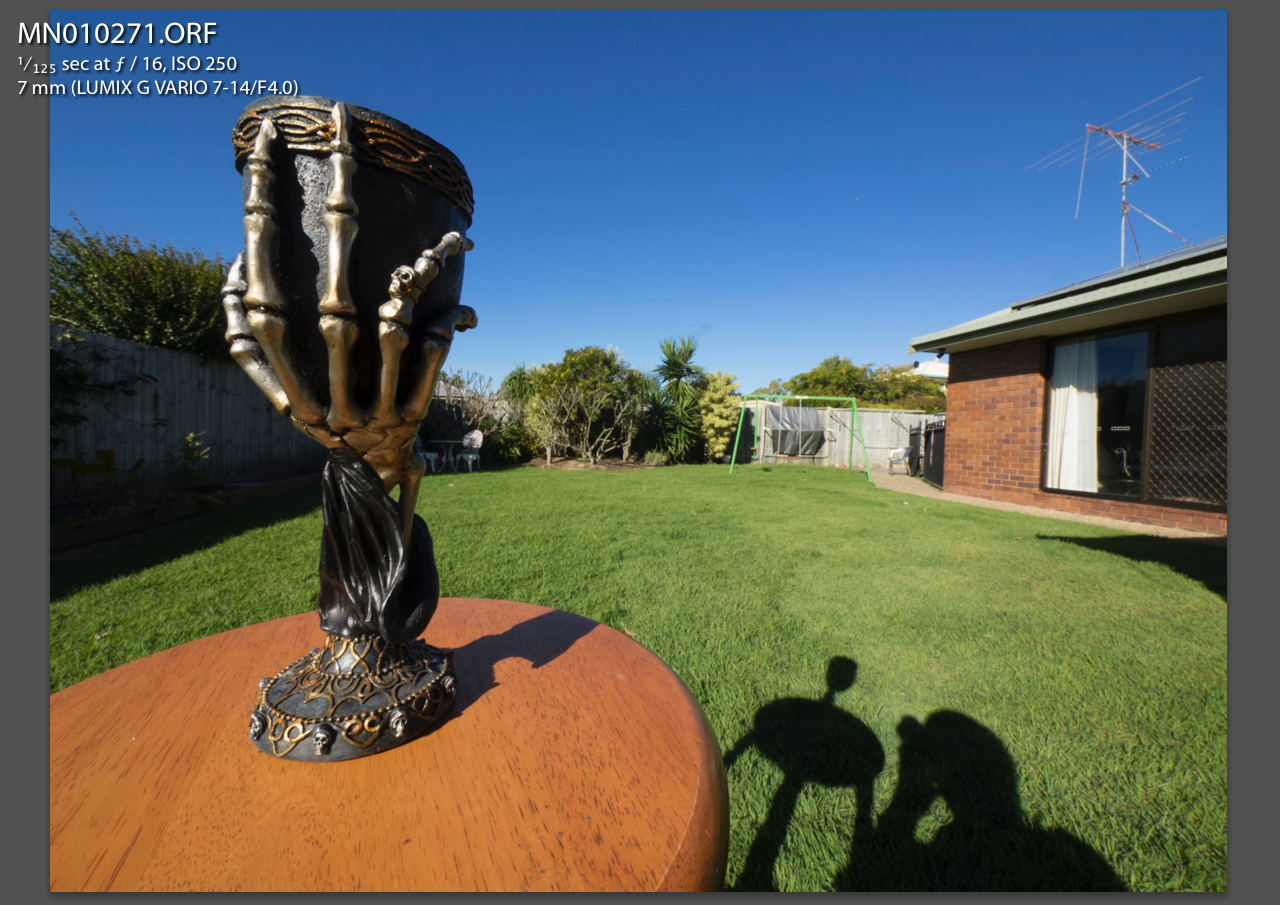
An example of wide angle landscapes shot at 7mm (14mm on FF)



We now move to a 12mm lens (24mm on FF). DOF is still deep but distortion is a lot less.
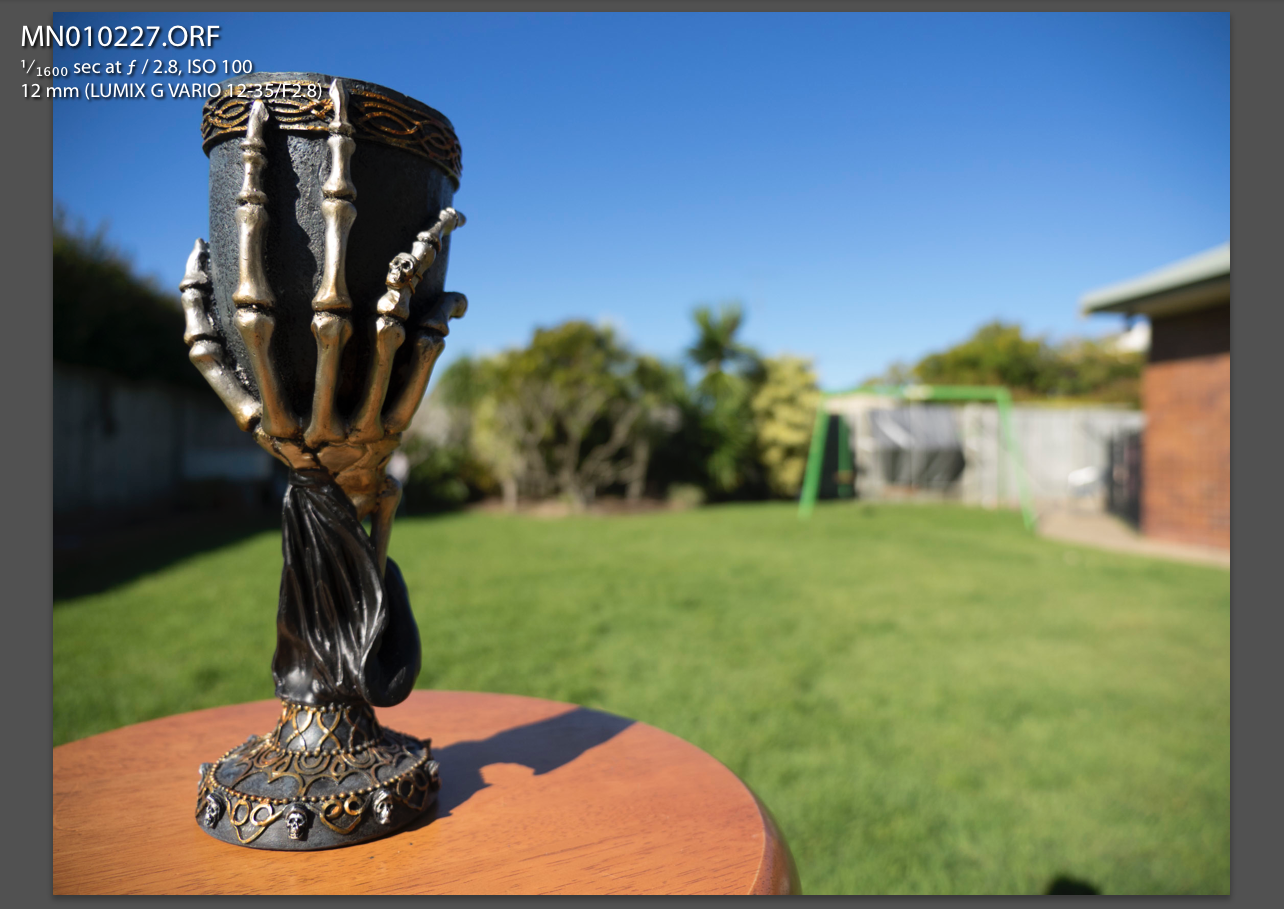
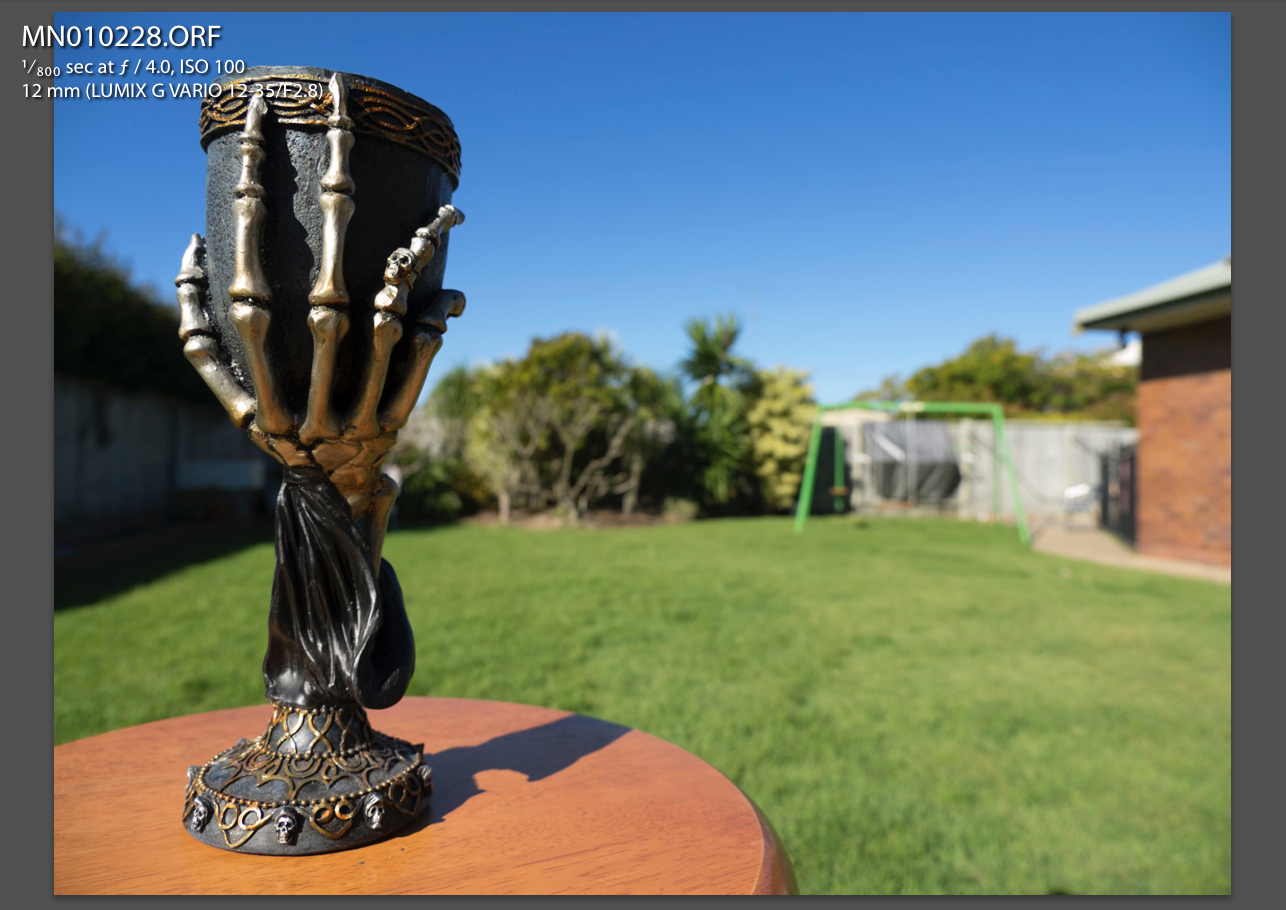
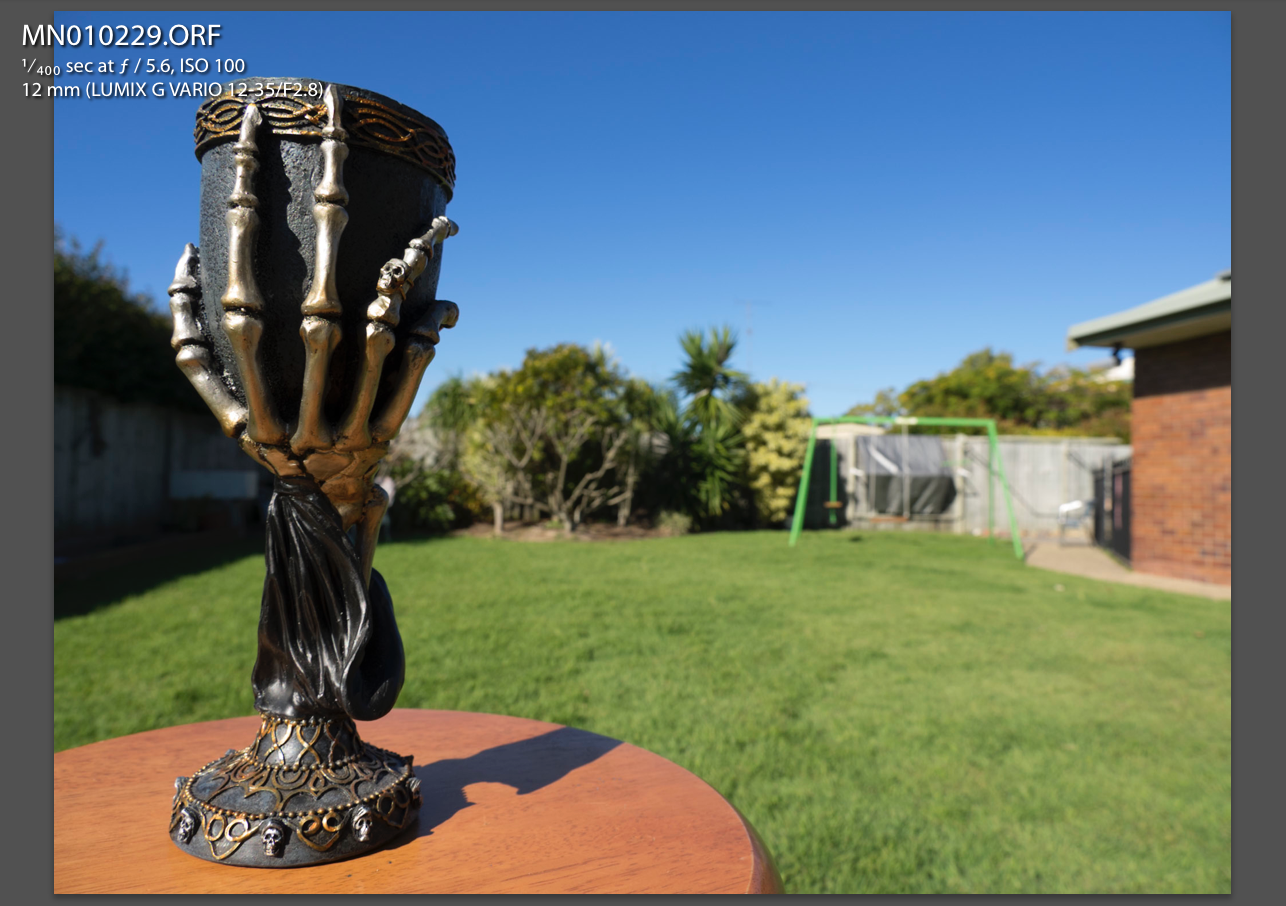



An example of images shot at 12mm (24mm on FF)


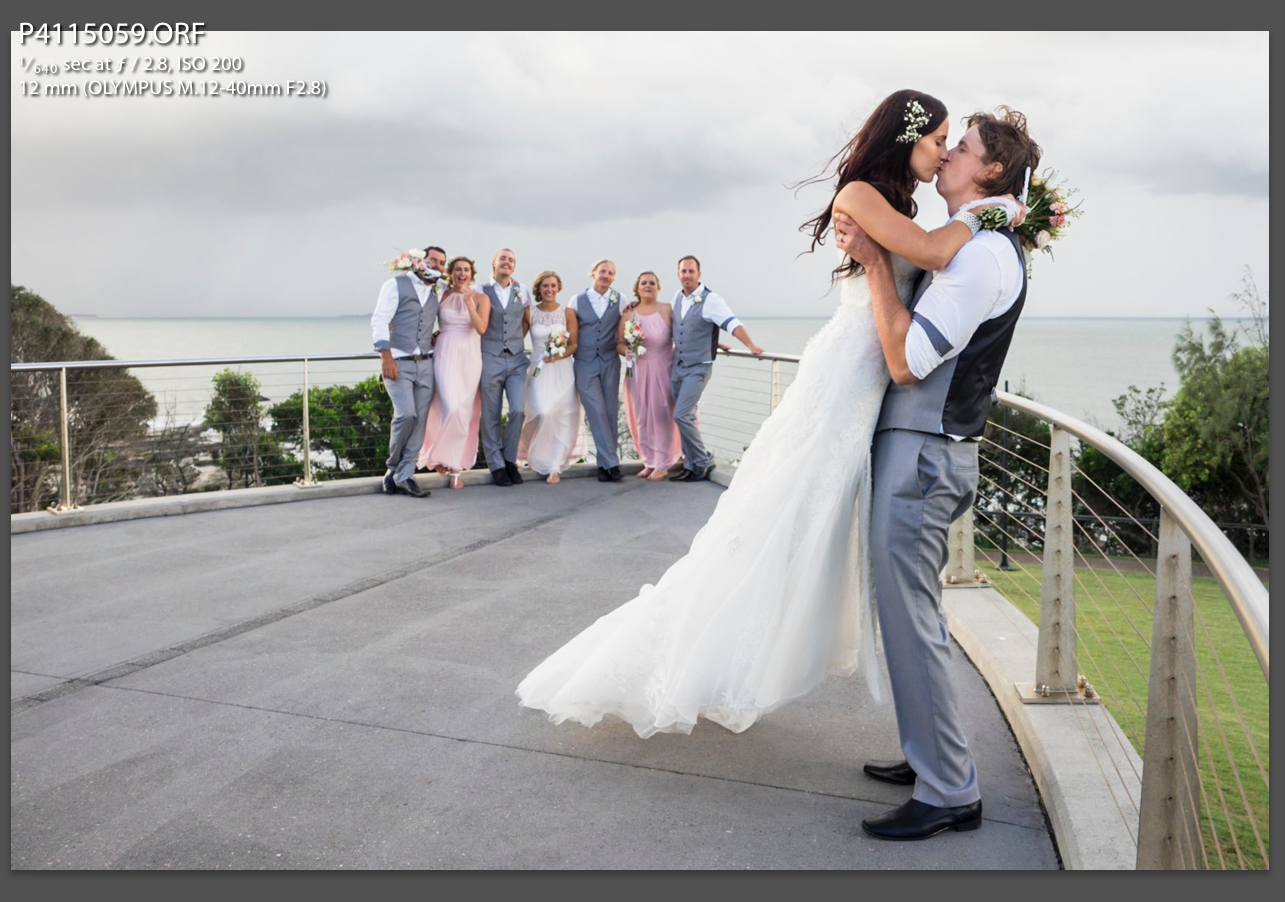
25mm (50mm on FF) is considered to be a 'normal view' where the distortion is minimal. You will notice the change in DOF now compared to the wider angle lenses is becoming more shallow for the same f-stop due to the narrower field of view.
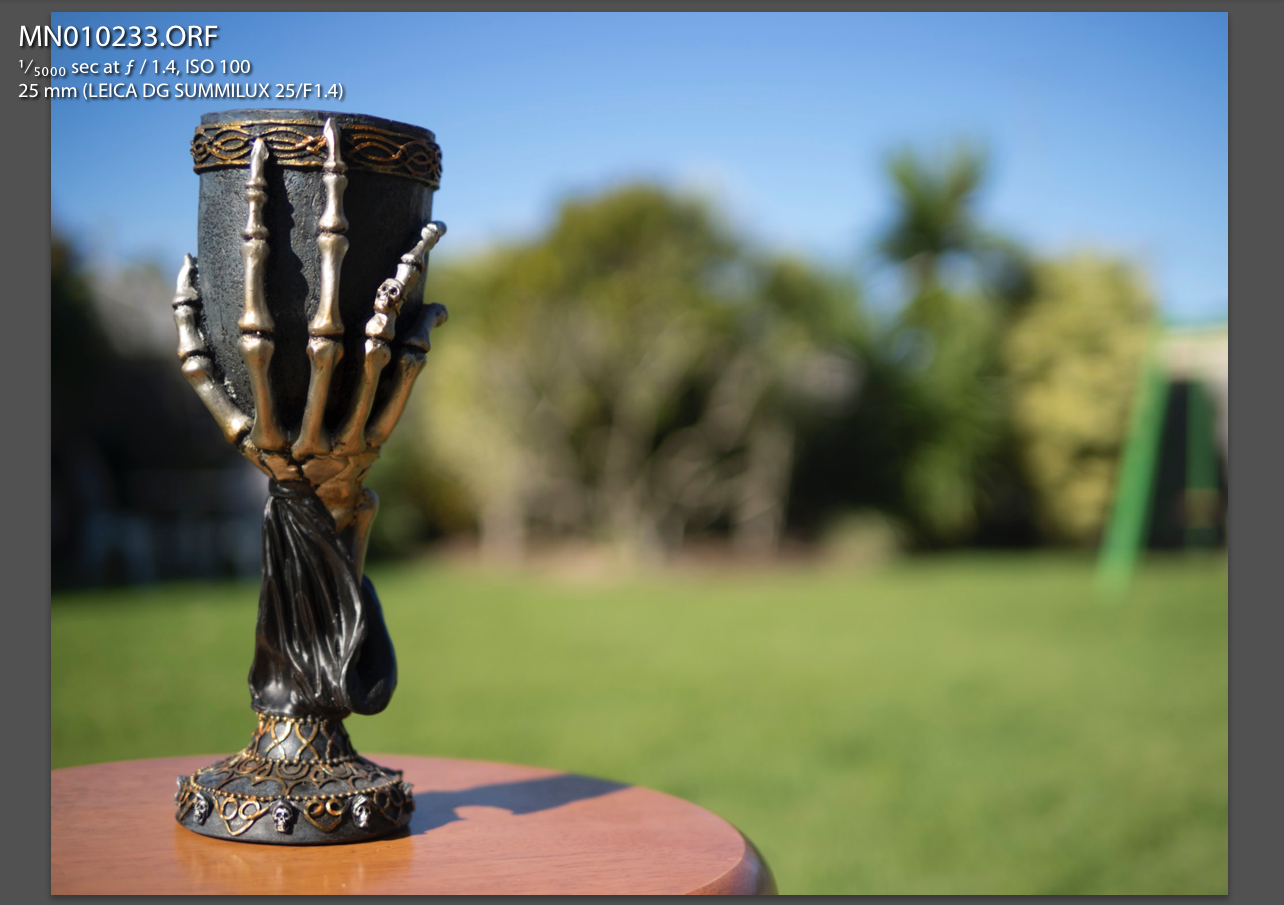


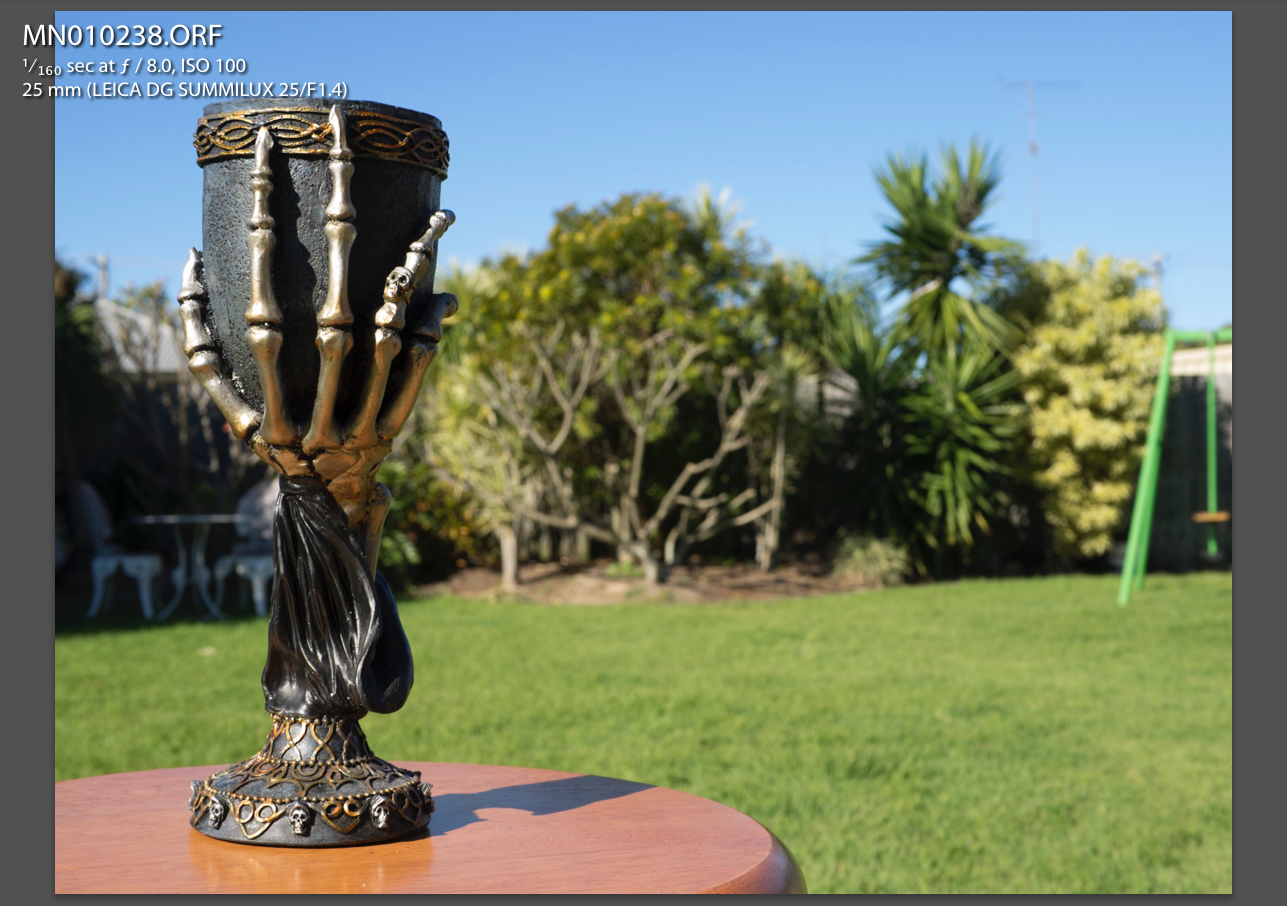


An example of images shot at 25mm
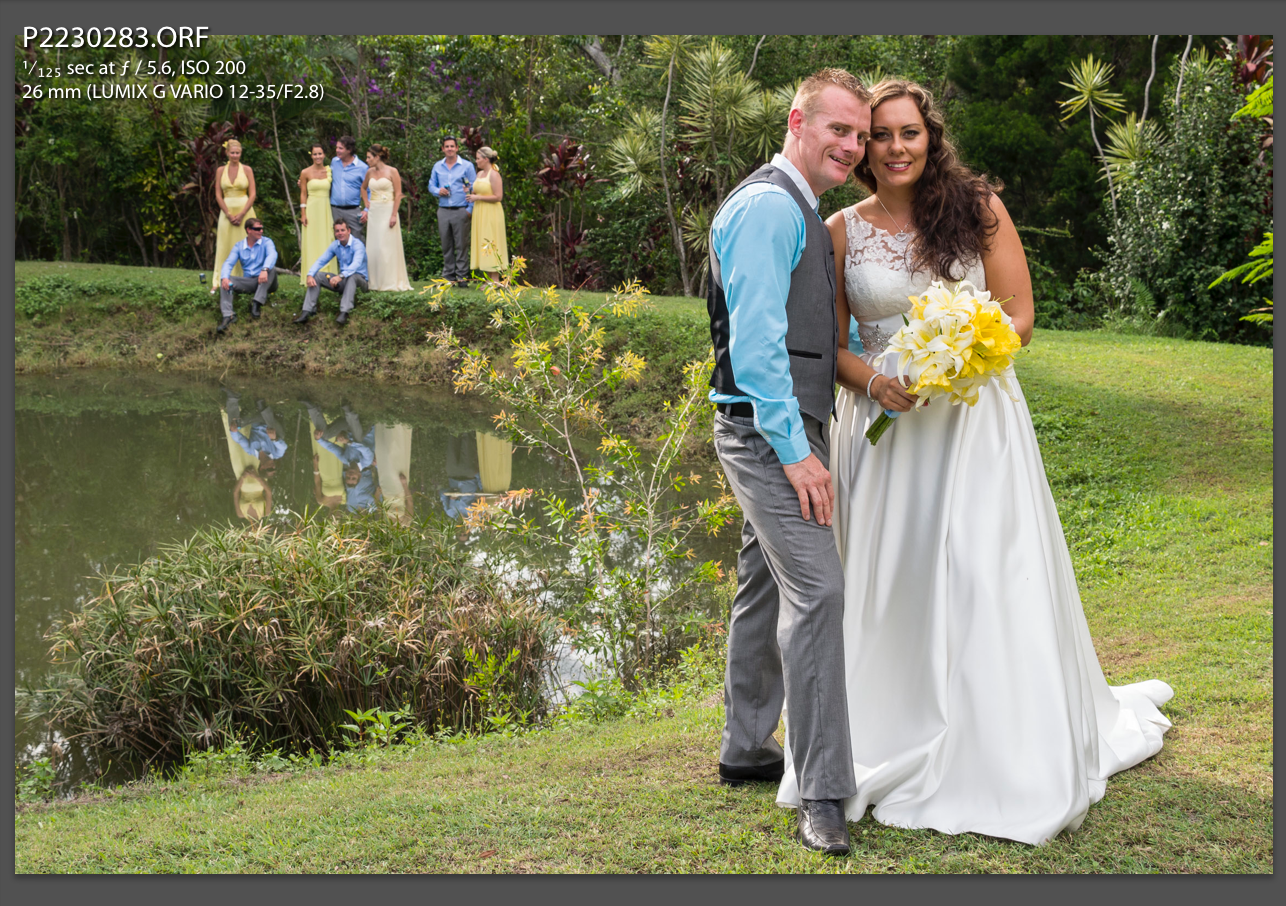


45mm (90mm on FF) is considered a nice focal length for portraiture as it starts to compress the features of the face and makes them more flattering. Field of view is once again narrow and DOF more shallow.

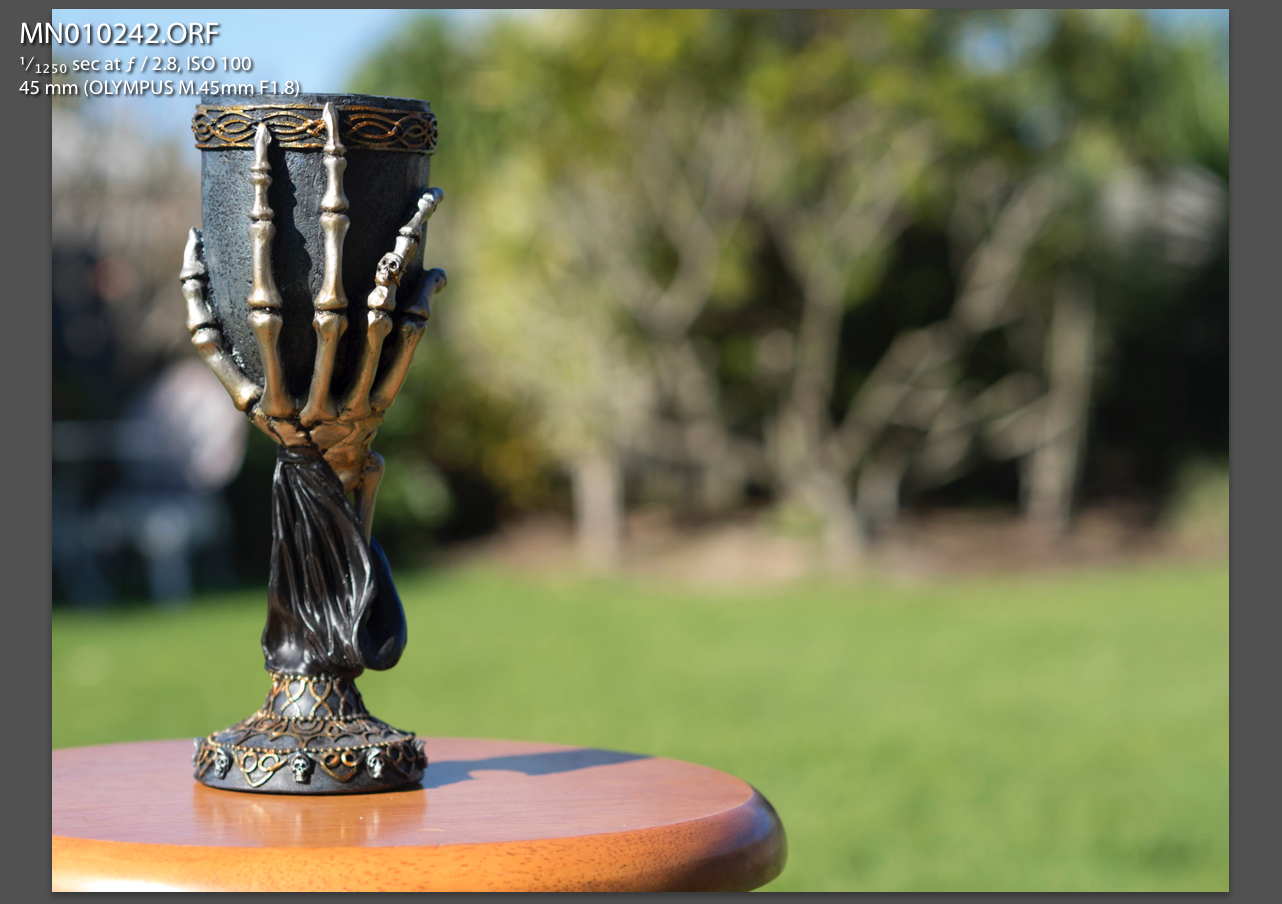
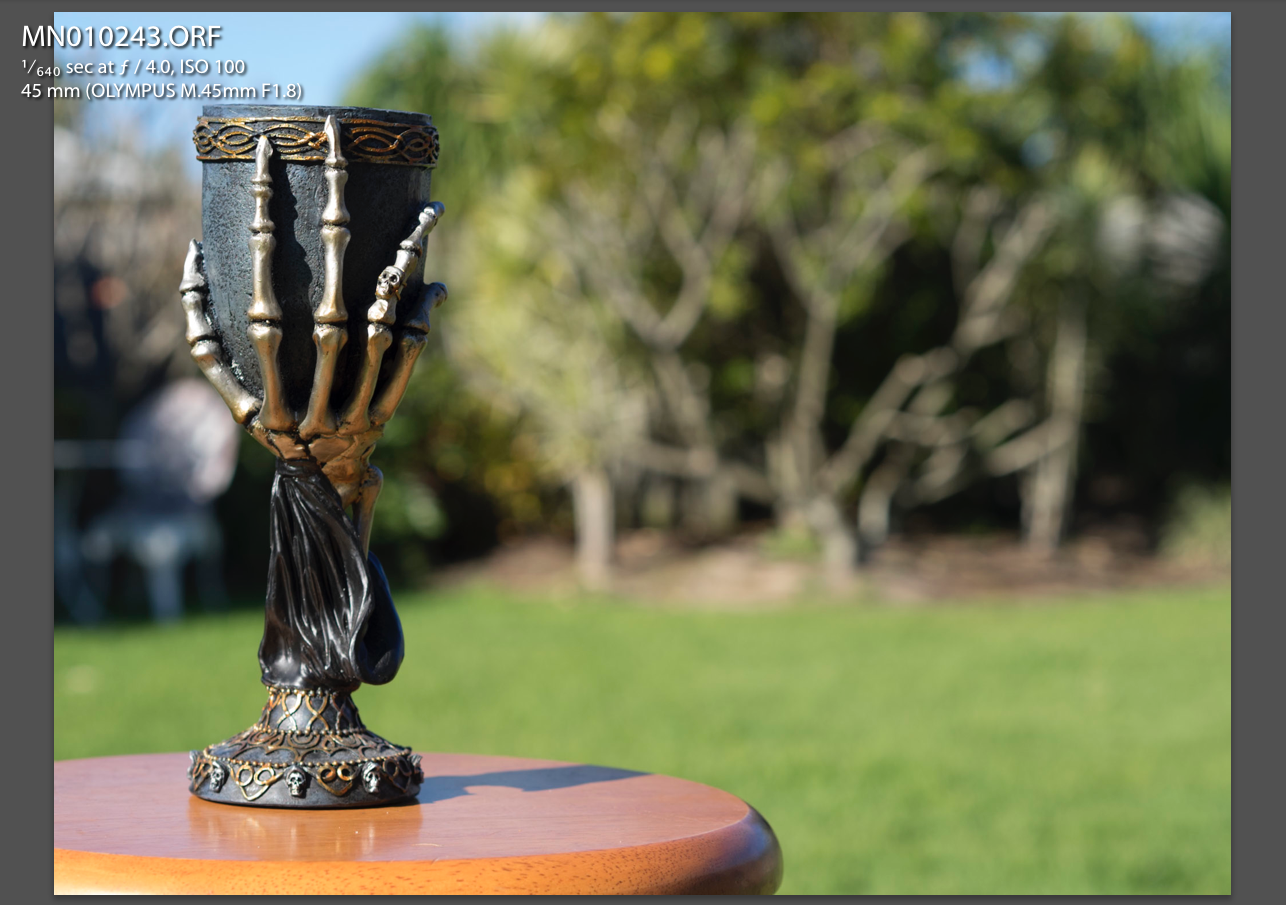
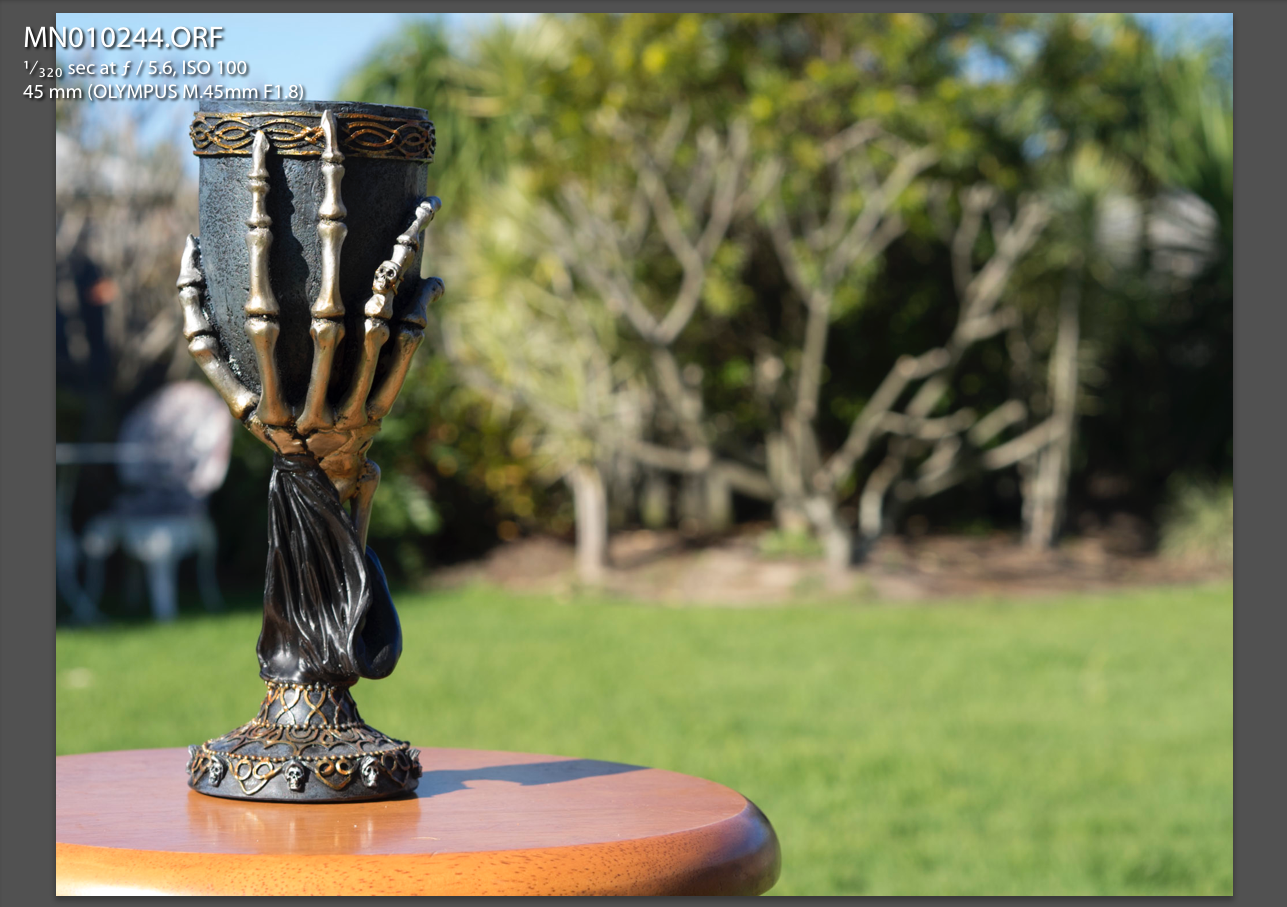

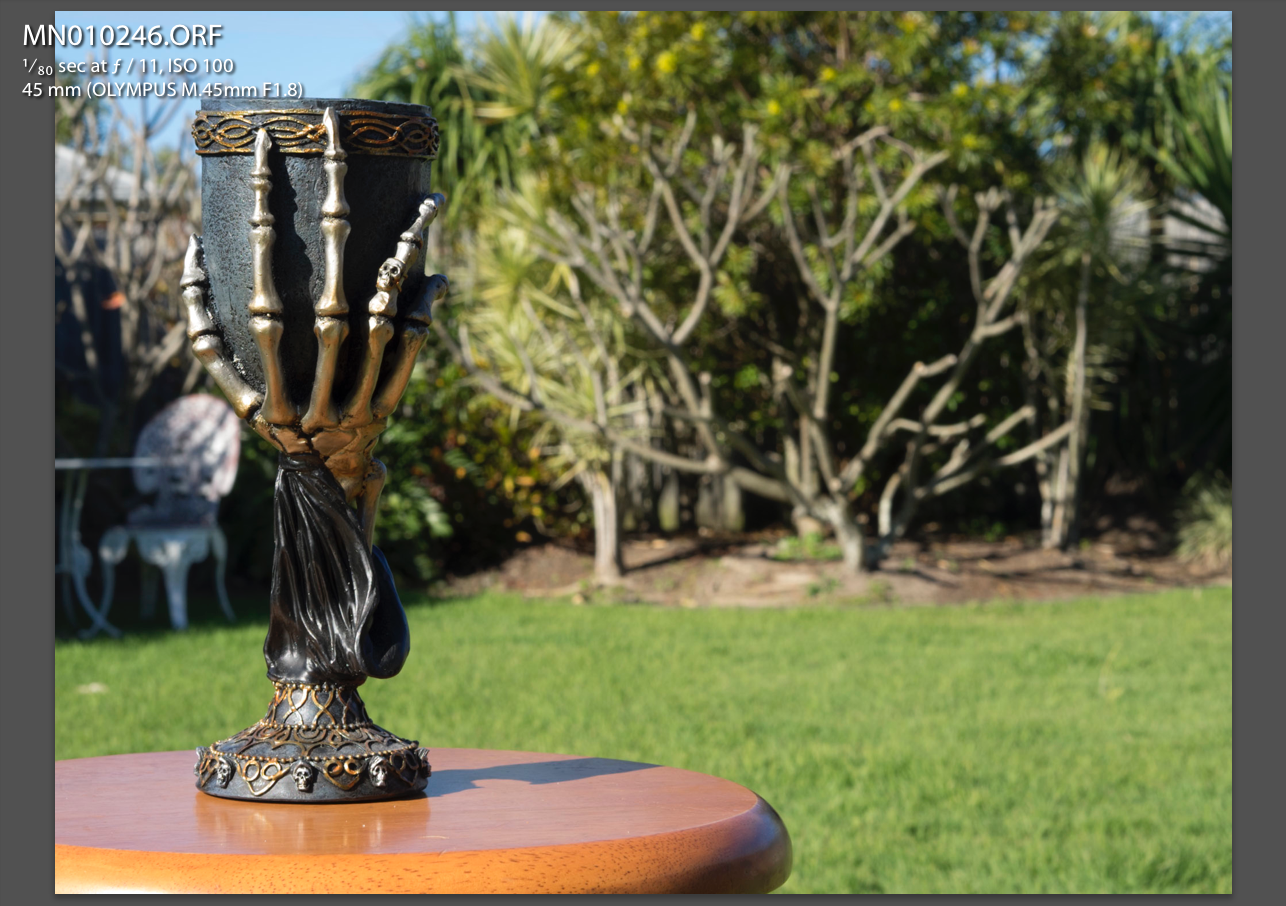

Some examples of portraits shot at 45mm (90mm on FF)
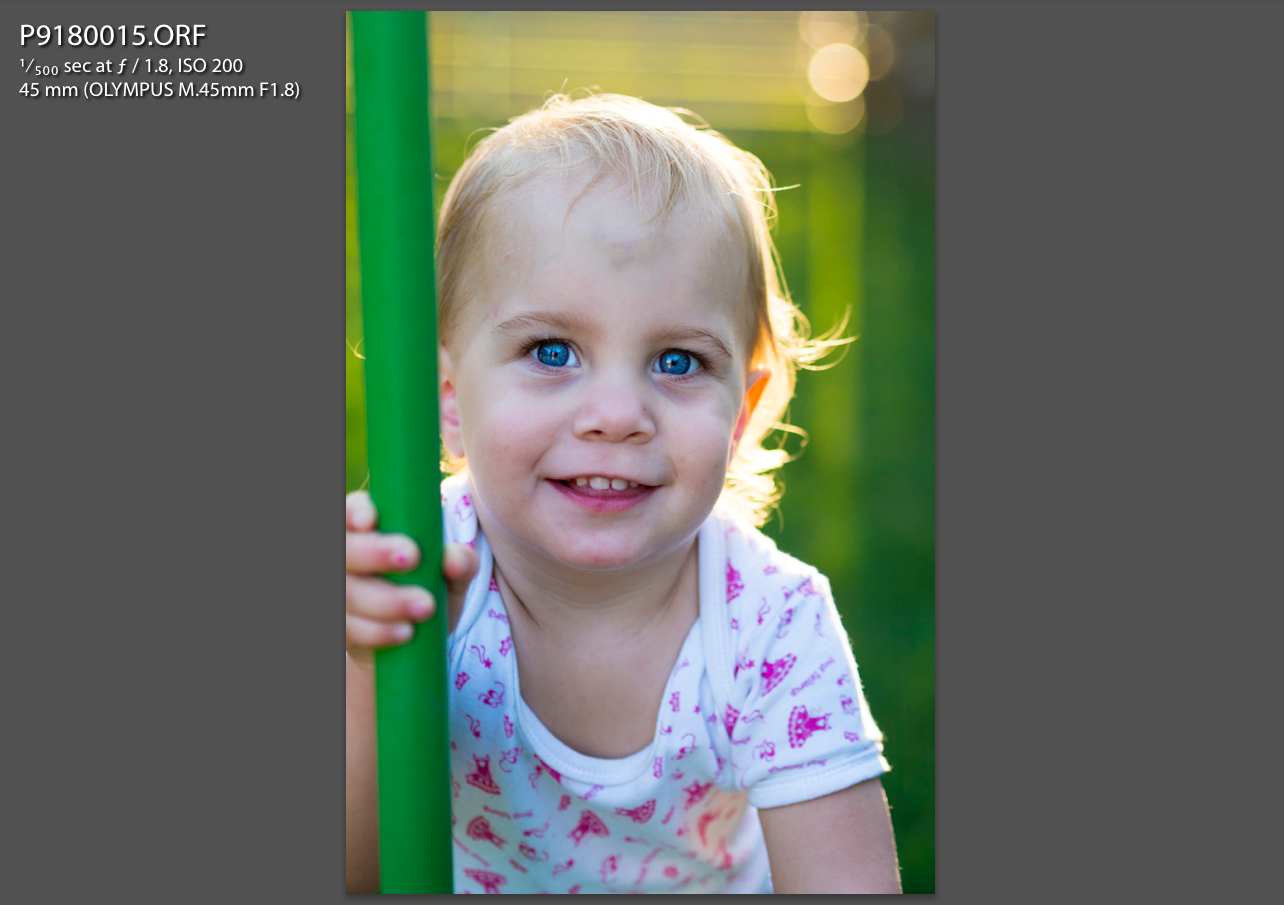
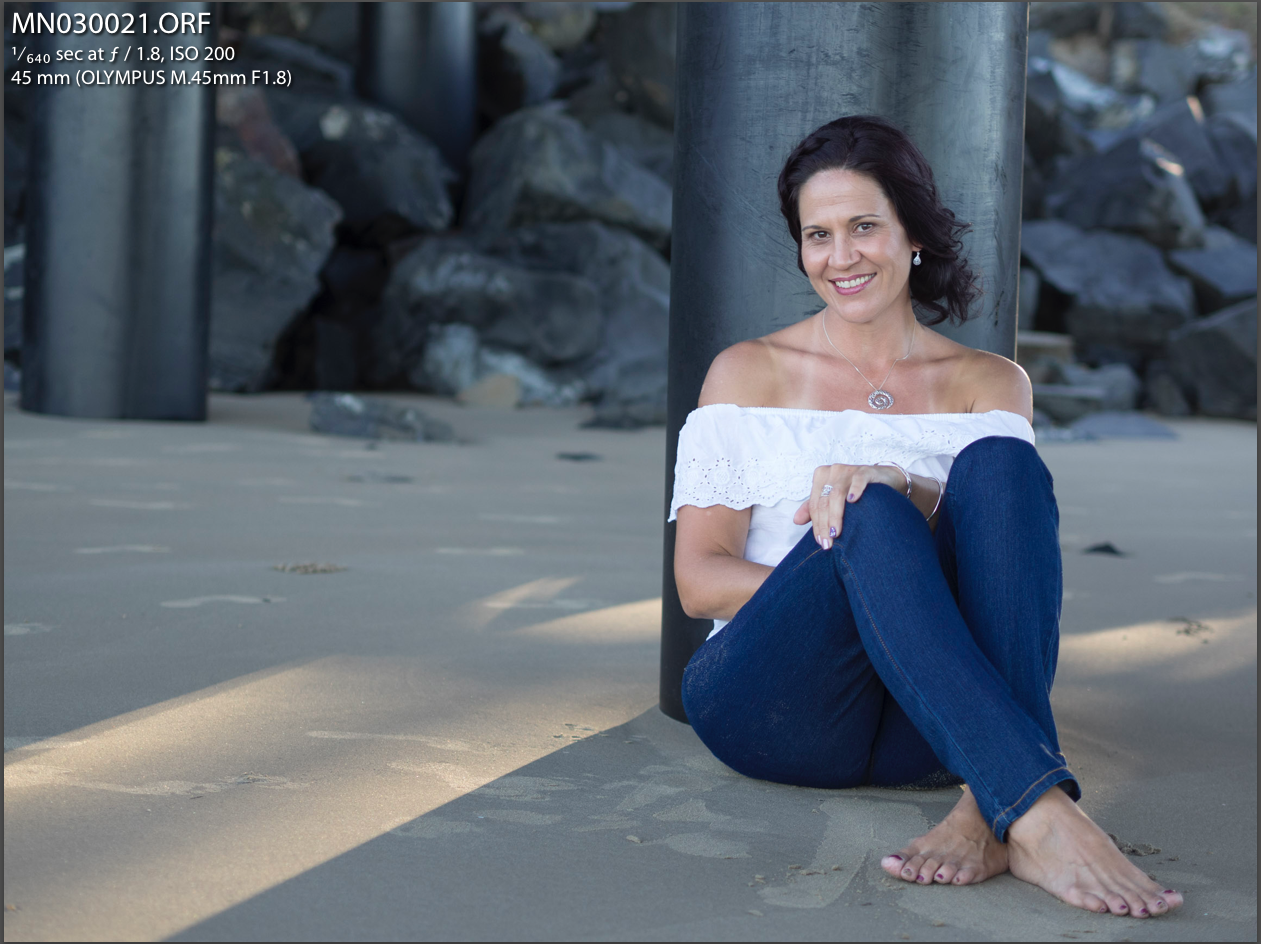
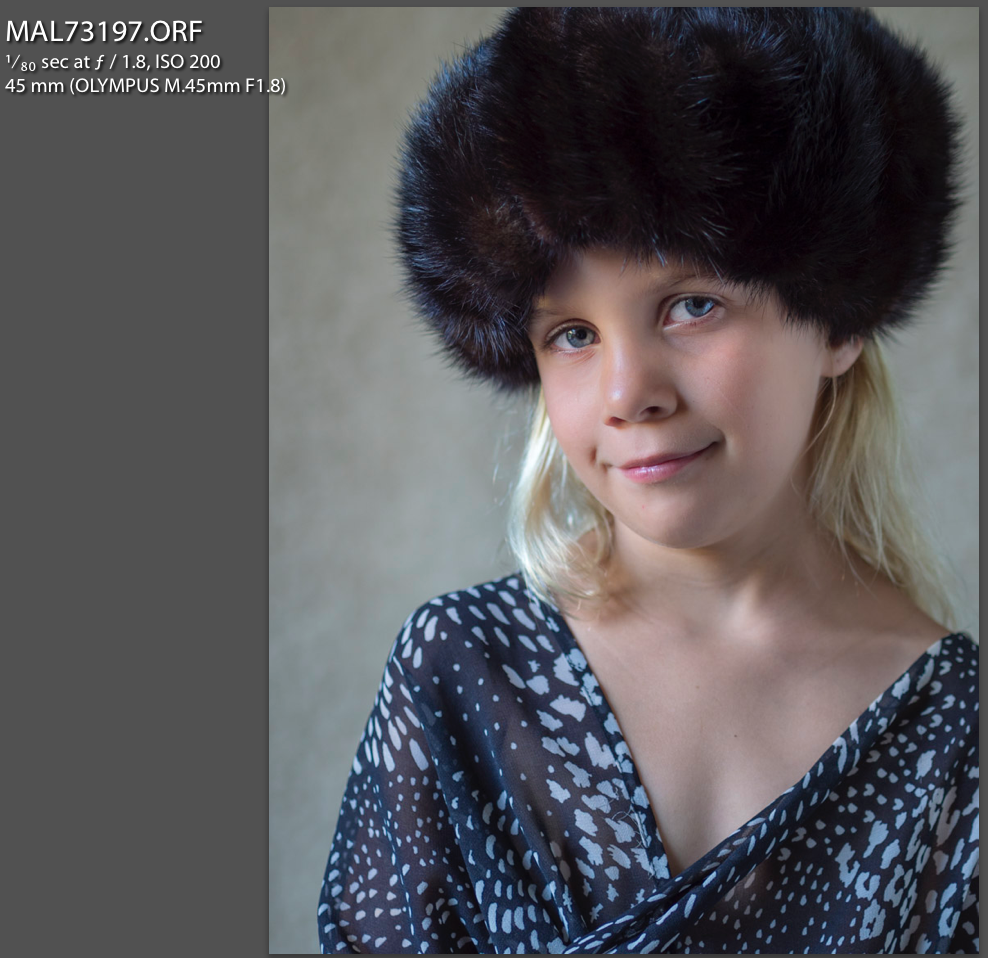
Next we have 75mm (150mm on FF). Field of view is becoming very narrow and DOF more shallow than the 45mm. Again a good focal length for portrait work for outdoors or a studio if you have the room. Shallow DOF now makes your subject pop out of the image when using the lens wide open at f1.8.




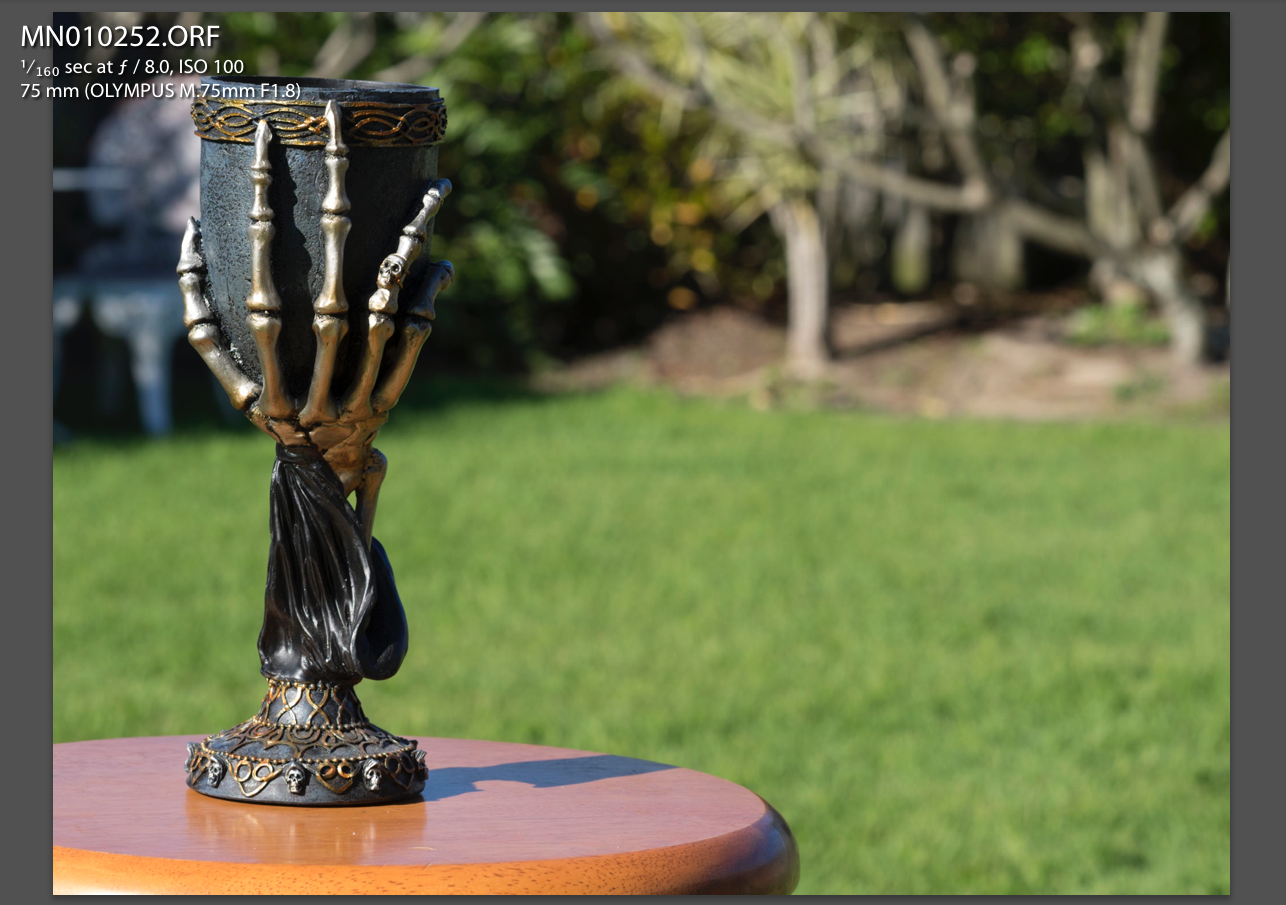

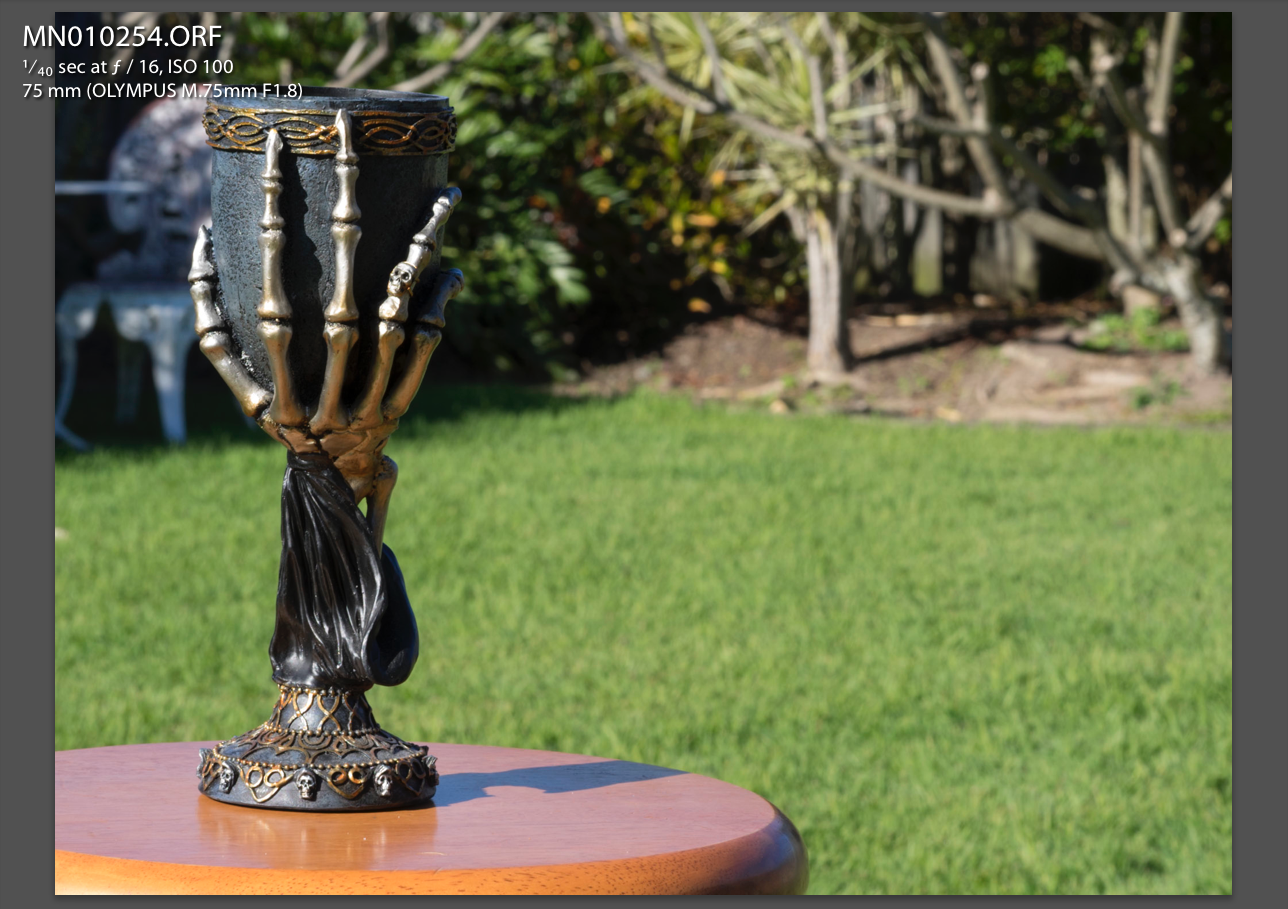
Some images shot at 75mm (150mm on FF)

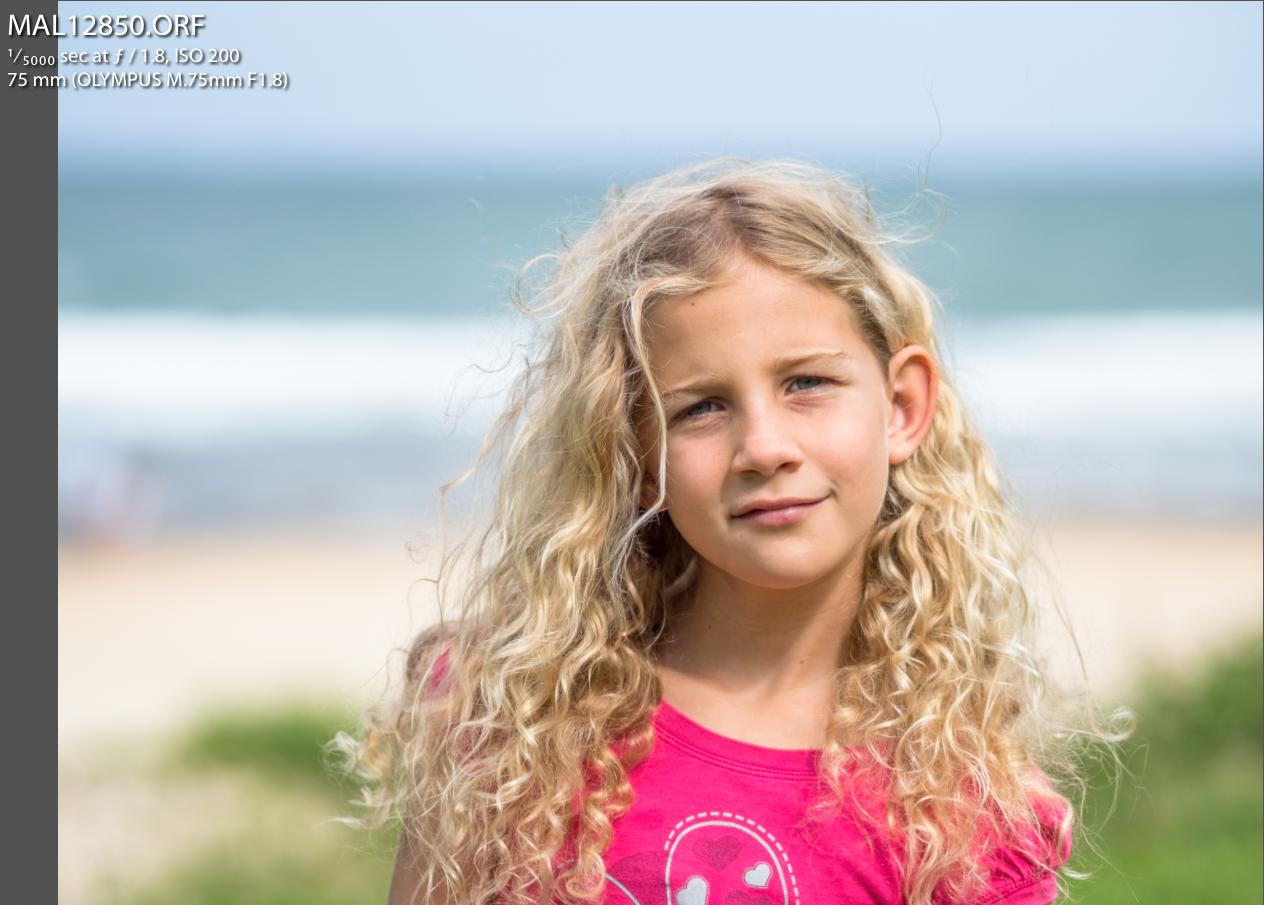
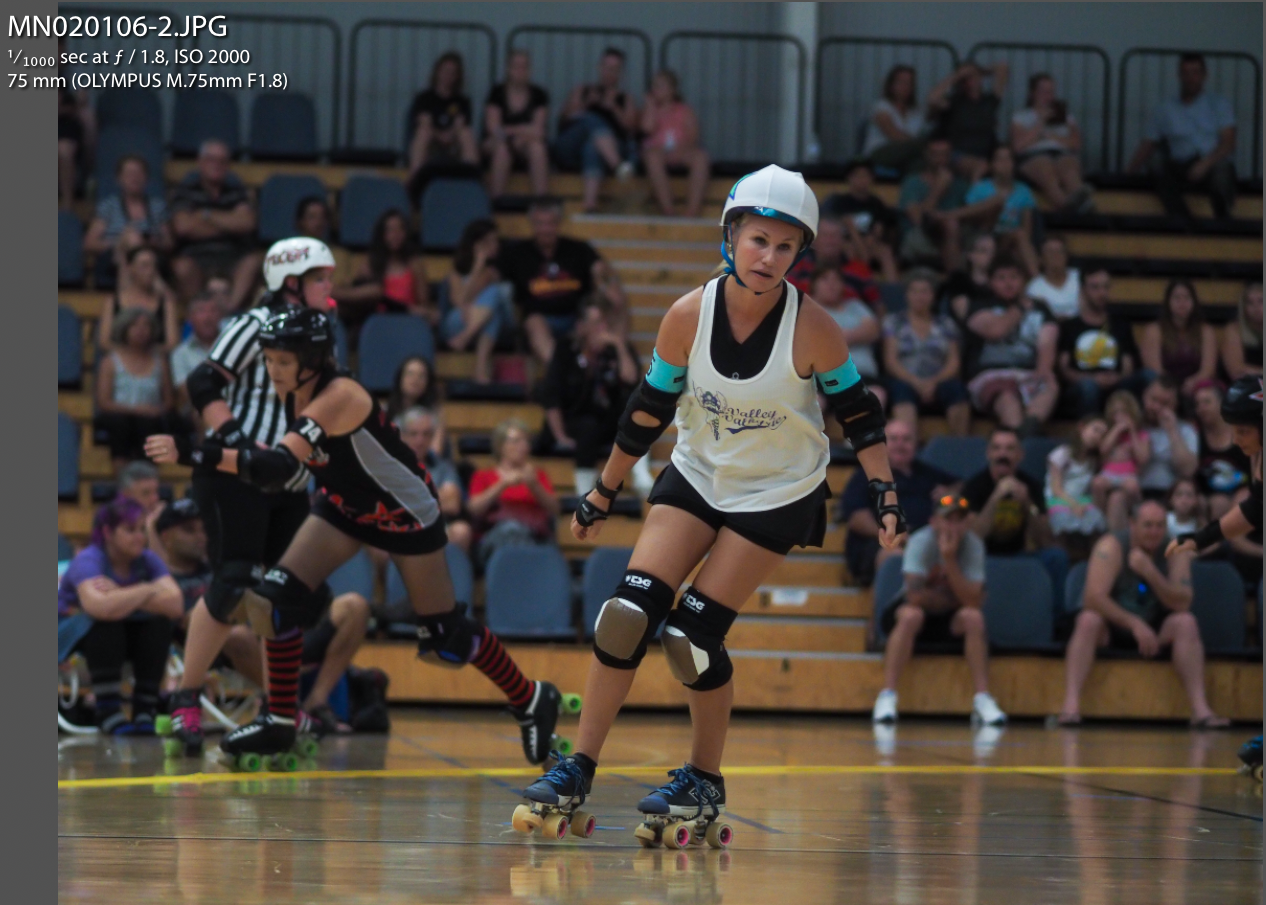
Next we go from 100mm to 300mm (200mm and 500mm on FF)
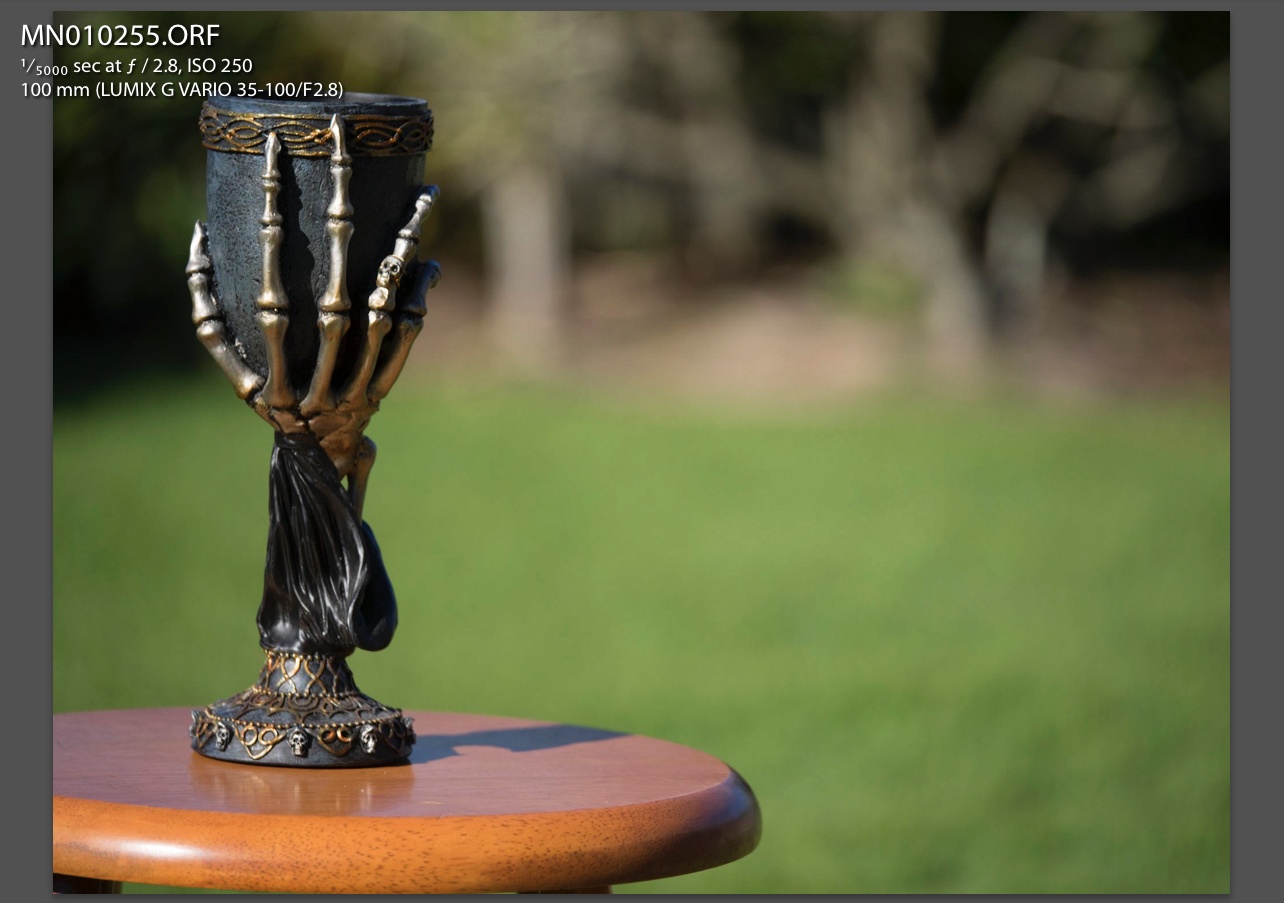


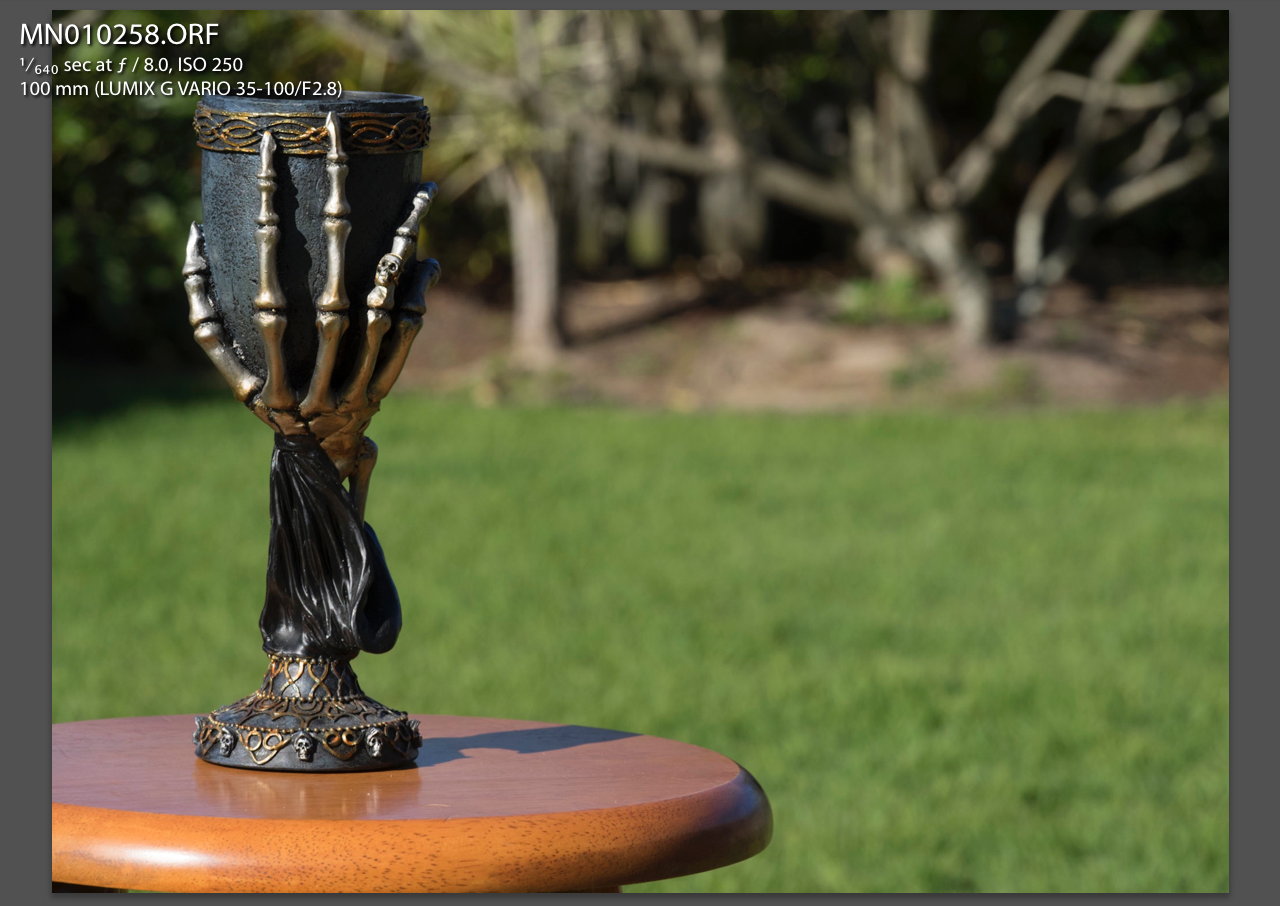
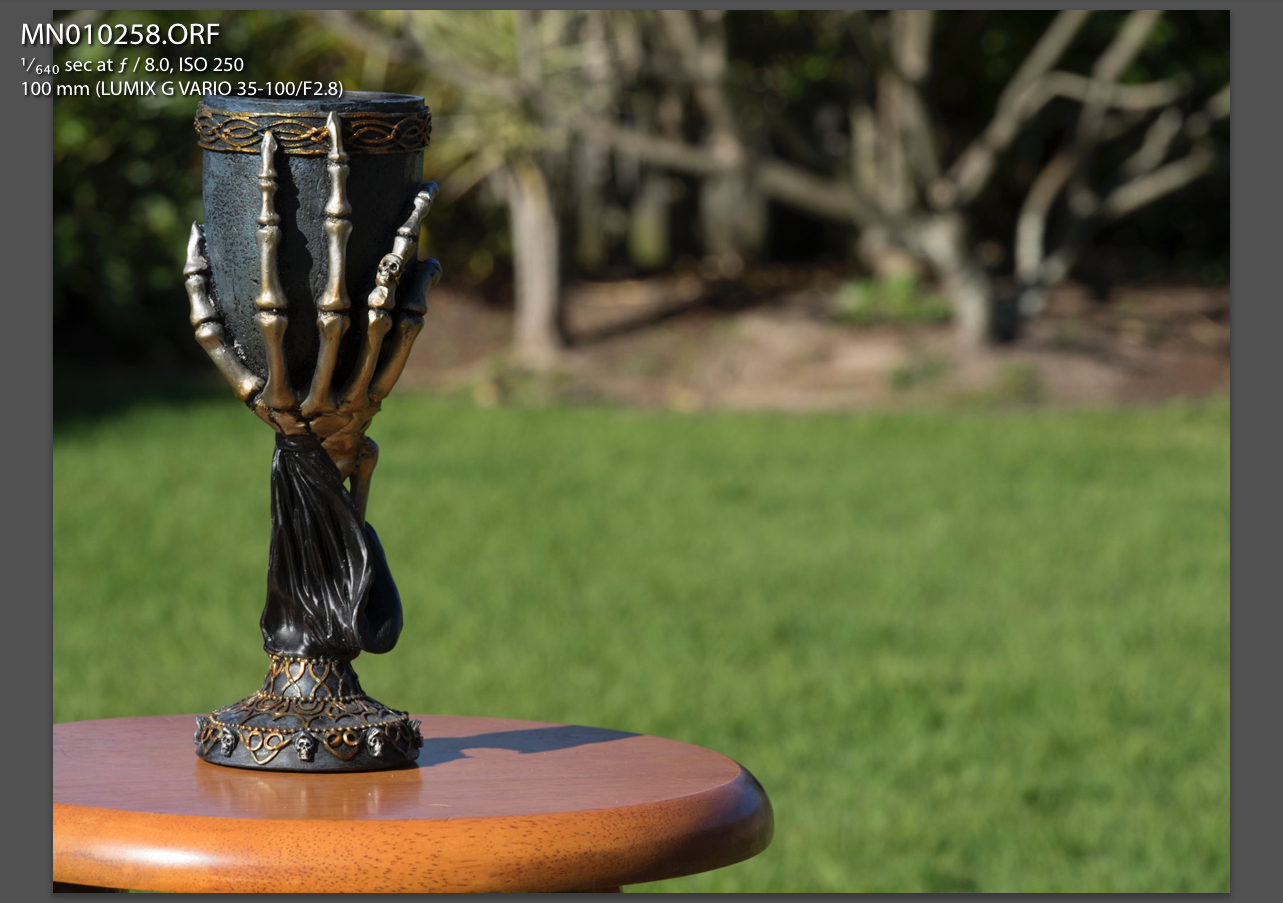

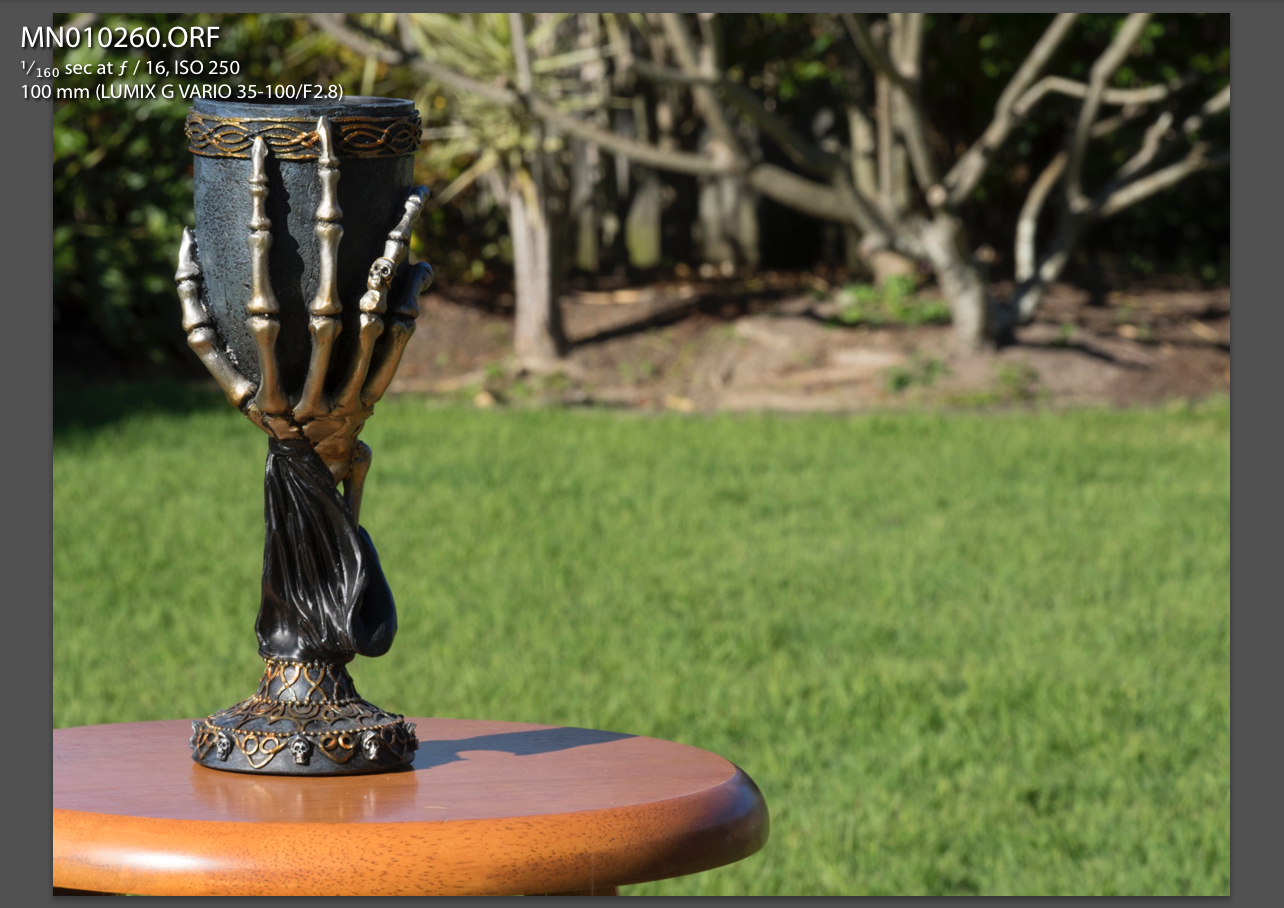
Some zoom examples. Notice narrow field of view and how the image is compressed with the background now appearing really close to the subject.
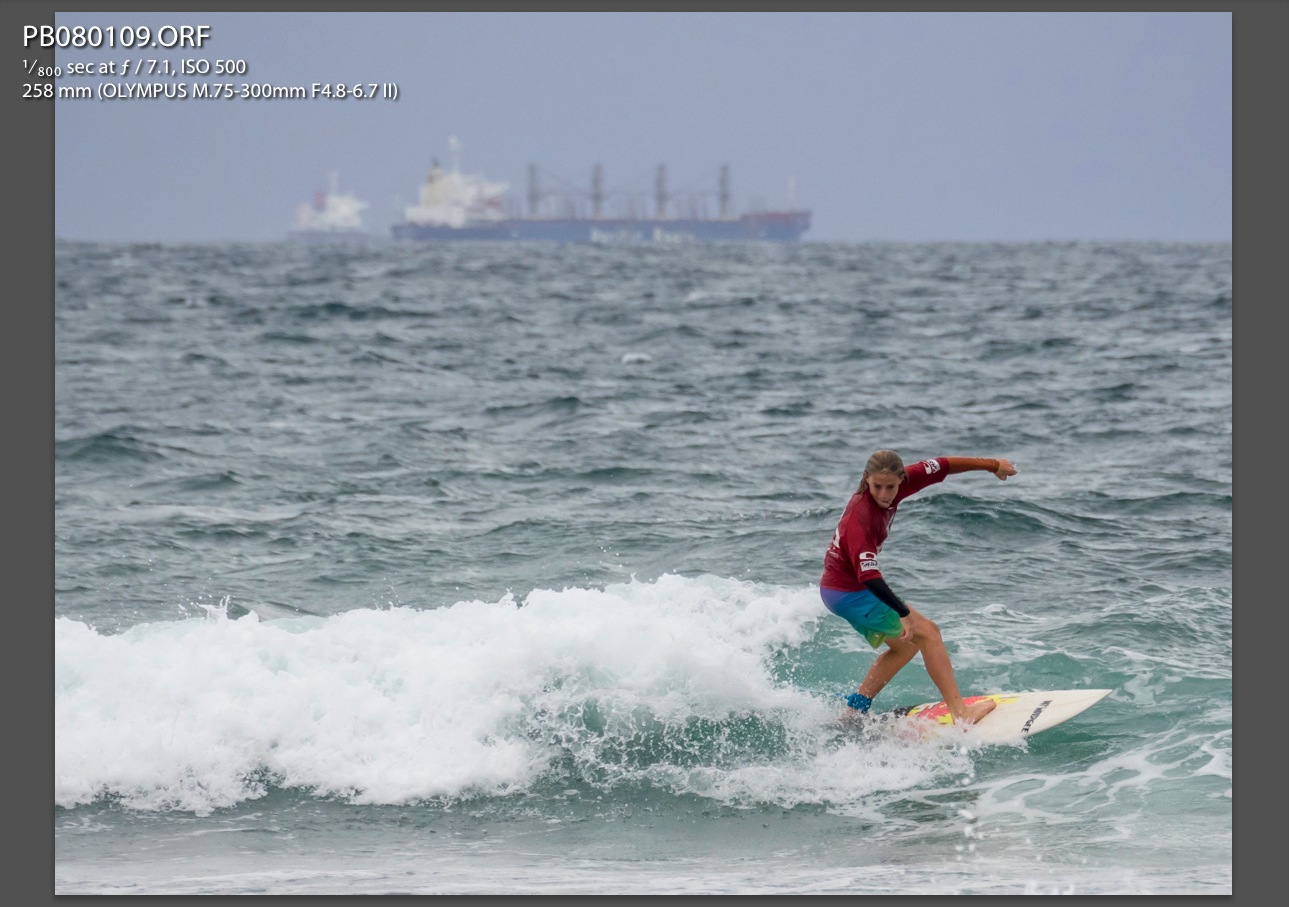


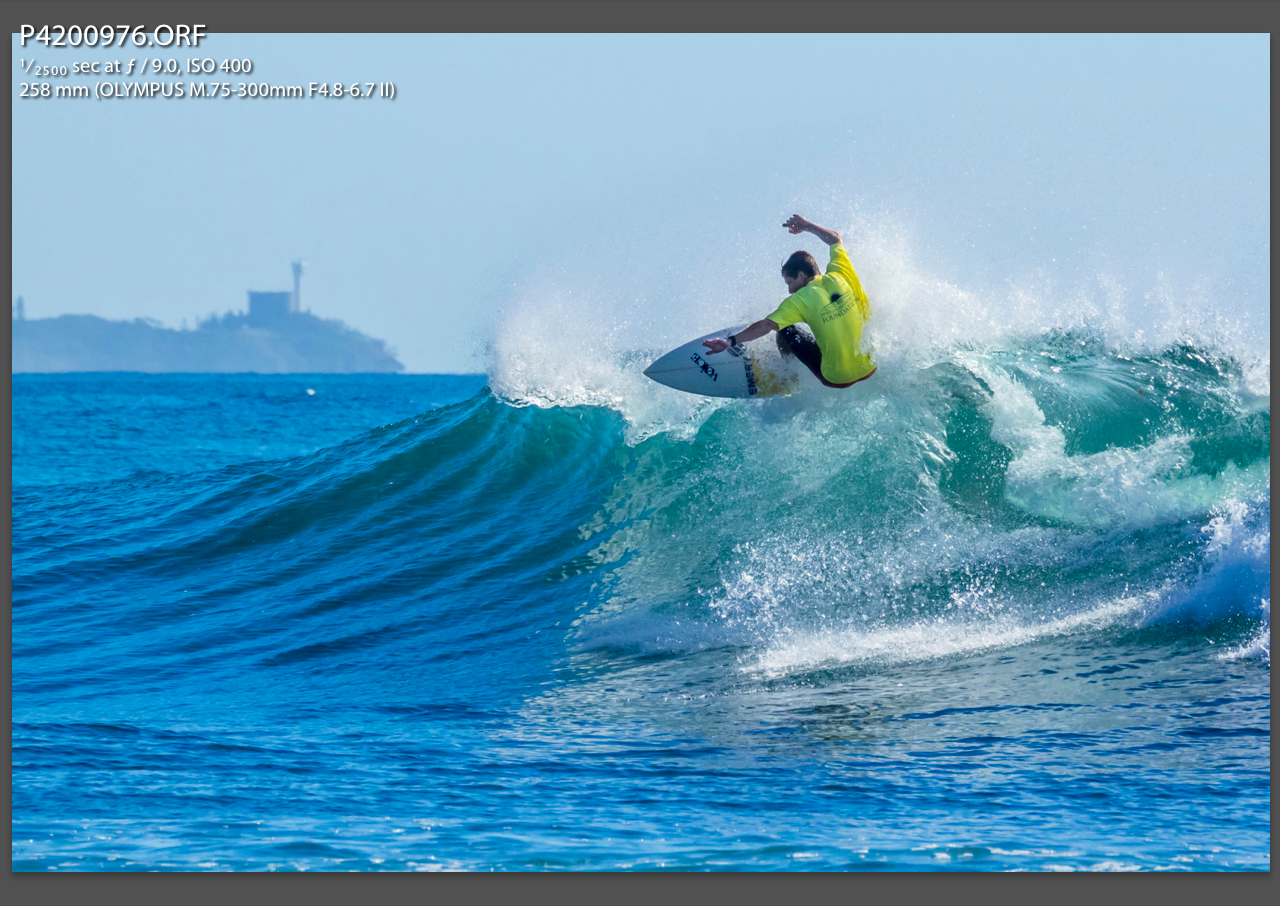
It is now up to you to decide on a focal length and f-stop to achieve the field of view and DOF you desire to create the image you see in your mind. Add shutter speed, composition, story telling, processing and much more and you have your own personal work of art.
